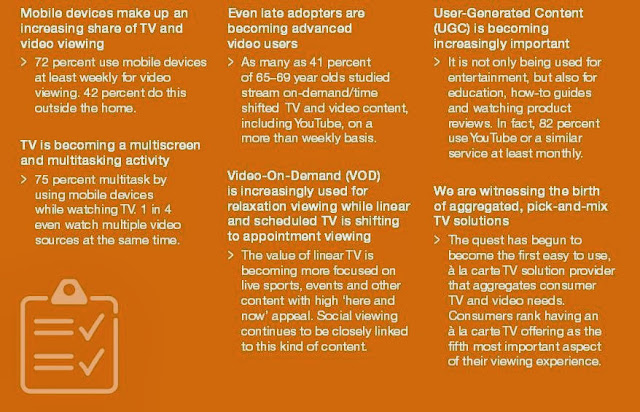Obviously volunteering is a large part of our culture. But how large ? And at what cost?
New York, according to the Corporation for National and Community Service (CNCS), ranks only ahead of Louisiana when it comes to our volunteer rate. What is the volunteer rate? It's defined as the percentage of individuals who responded on the Census Bureau's Current Population Survey's Volunteer Supplement that they had performed unpaid volunteer activities for or through an organization at any point during the 12 preceding months. While the national volunteer rate was 26.8% in 2011, only 20.7% of New Yorkers volunteered during that same time period. In Louisiana, 19.4% had volunteered services in comparison. Here's a couple other graphics that they have about New York volunteer services. Click any of the graphics below to see larger versions.
|
|
|
Among the things the CNCS highlights are the following when it comes to New York volunteerism:
- More than 3 million people volunteered during 2011
- They provided more than 410 million hours of service
- This averages to 26.6 volunteer hours per resident of New York State
- Almost 60% of residents said that they do favors for their neighbors
Of course non-profit organizations rely heavily on volunteers to provide their needed services. According to the independentsector.org, New York has more than 100,000 nonprofit organizations. They are broken out by the type of agency below.
 |
| Click to Enlarge |
Independent Sector goes on to point out that:
- New York nonprofits employ 1.25 million people–15%of the state’s workforce
- New York nonprofits pay wages of $55.6 billion
- New York nonprofits hold assets of $372 billion and generate annual revenues of $194.7 billion
- New York City nonprofits employ 500,000 people –15% of NYC’s workforce and are the city’s largest private employer
- New York foundations annually give over $6.9 billion and rank first in the USA in total giving
That being said, the Independent Sector has worked with Bureau of Labor Statistics data to determine the average value of volunteer time based on the hourly earnings of all production and non-supervisory workers on private non-farm payrolls. The Independent Sector indexed this figure to determine state values and then increased it by 12 percent to estimate for fringe benefits. In essence the value of volunteer time presented here is the average wage of non-management, non-agricultural workers plus a fringe of 12%.
Below, then, is their table which suggests that the the value of a volunteer hour of service in New York is more than $28. Perhaps this can help put all those volunteer hours out there in our region in perspective!
 |
| Click to Enlarge |
The
percentage of individuals who responded on the Current Population
Survey's Volunteer Supplement that they had performed unpaid volunteer
activities for or through an organization at any point during the
12-month period that preceded the survey.
The
percentage of individuals who responded on the Current Population
Survey's Volunteer Supplement that they had performed unpaid volunteer
activities for or through an organization at any point during the
12-month period that preceded the survey.
- See more at:
http://www.volunteeringinamerica.gov/about/glossary.cfm#volunteer_rate
The
percentage of individuals who responded on the Current Population
Survey's Volunteer Supplement that they had performed unpaid volunteer
activities for or through an organization at any point during the
12-month period that preceded the survey.
- See more at:
http://www.volunteeringinamerica.gov/about/glossary.cfm#volunteer_rate













































